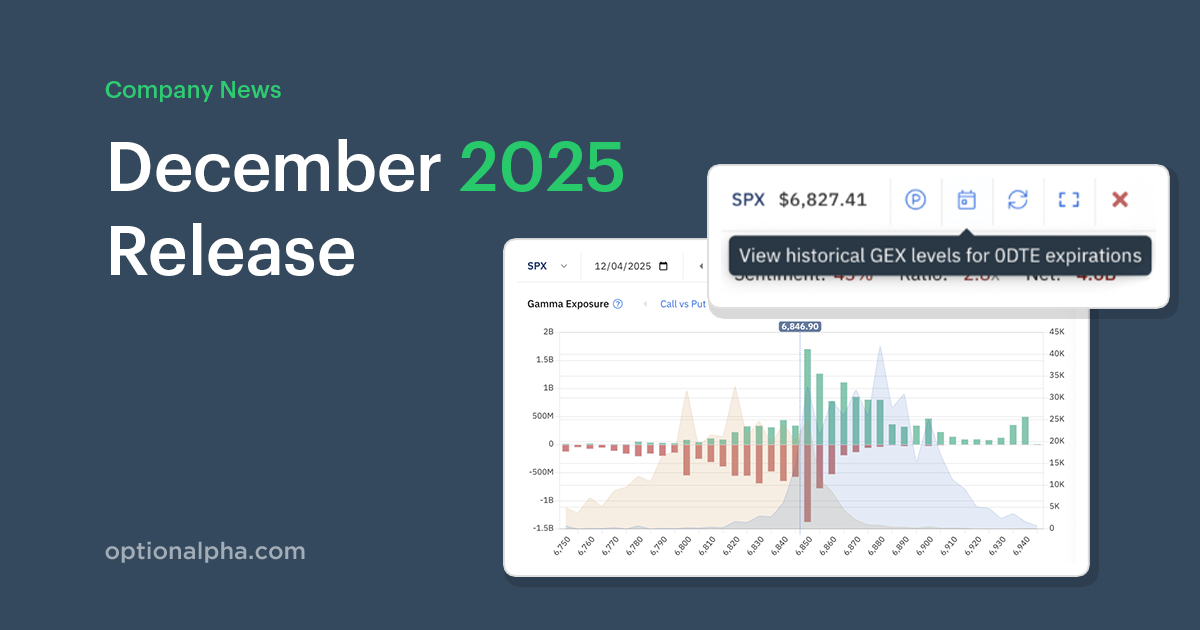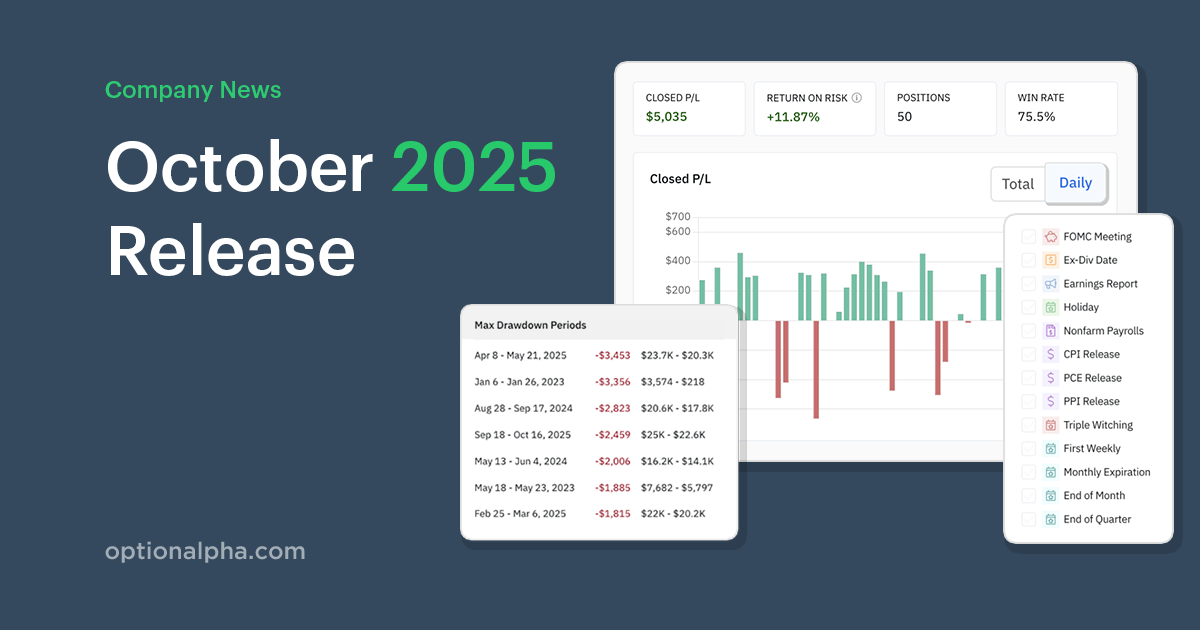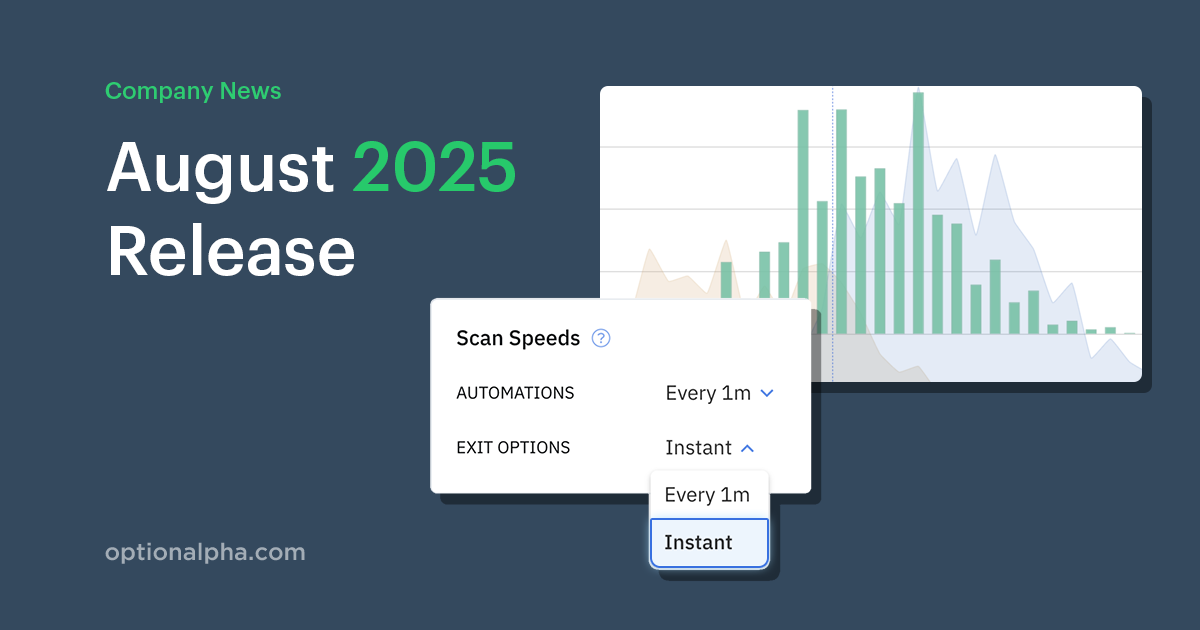Before I show you how to go about it, you have to understand that you probably won’t get the same exact deal I did here. Not only do I have a great commission structure, but I also have been with my broker for many years now.
However, the process and logic of the negotiation should still work for you as long as you have been trading for around a year with your broker. Let’s get started!
Why Does It Work Right NOW?
Trading commission levels and rates are one of the most common topics I get asked about online. I thought it was important to pull together a clear and comprehensive answer to this very popular question.
My key tip for you is this:
Only contact your broker at the END of your first year and not before. Simple! Don’t reach out to them at the beginning of the year or after you’ve just signed up for an account. Go through nearly a full year of trading, track your commissions, and then contact them as you will have solid facts to build your case.
Always remember that you have the upper hand as it will be 100% cheaper for the broker to work to retain a current customer than to find a new one to replace you. Use this fact to your advantage to negotiate savings in trading commission, and remind them at the end of each year just how much money you are worth to them.
You will be surprised how quickly facts help to strengthen and build your case when asking for lower rate structures.
The 1 Question I Ask Whenever I’m Asking For Lower Commission Rates
This may seem blindingly obvious, but the only question I ever ask my broker, to negotiate a saving, is this: “Can I get a reduced commission structure?”
Unless you ask, you won’t receive, so just be direct and ask the question, armed with the facts and figures from your past year of trading so you can build the case when they answer your one question.
Here is the exact negotiation I had with my account manager, which resulted in my options commission rate being reduced from $1.50 per contract down to $1.25 per contract (17% saving):
I’ve highlighted some of the key areas during our negotiation.

While you need to ask the direct question, the key ingredient to the negotiation is how you preface it. Notice how I first mentioned how long I’ve been a customer and that I wanted a reduced rate “since I’ve traded a lot this year and planned to continue do so.”
Right away they know they are dealing with a successful client that has been around a long time and will continue to be a source of income for them, so they will want to keep you.
Then, to add more weight to my argument for lower rates, I specifically disclosed how much I had paid in commissions this year ($4,357 to date at the time).
Now they could have easily seen this on their end as well but the fact that I brought it up shows them I mean business and track this religiously. The broker is not negotiating with someone just learning how to trade, but someone who could walk and find a better deal if need be.
Finally, I countered their first offer of $1.35 with $1.25 which they accepted. This proves that you should never take the first offer. There is always room to work a little lower but don’t get greedy.
When Does This NOT Work?
While this all seems great and I’m sure you are going to try it yourself there are limitations so I don’t want you to think you can phone up and get a 17% reduction on your commission rates immediately. Remember, I had been with these guys for many years.
If you only signed up six months ago, this strategy will not work for you. You need to build up the loyalty with them first and create a two-way relationship.
Also, you are only likely to succeed with this strategy if you are trading a lot of contracts each year. It won’t work if you are trading 1-5 options per month as it won’t be in the brokers’ interest to keep you at that level.
Remember the brokerage business is based on volume. The more you trade, the less you pay (and the more you trade, the better your odds of success anyway!).
Looking To Save In Trading Commissions? Here’s My Final Advice
First, you need to wait for an opportune time before you can ask your broker to lower commissions. Like I said earlier, at the end of your first year of trading is really the earliest time you should consider it at all.
Secondly, it may be advisable to quote a competitor’s rate which helps tell your broker that you are aware of other services offering lower commissions rates than them. If you’re lucky (or convincing enough), then chances are high that they will give in and offer you more discounted prices.
Always be courteous and professional in the manner in which you communicate as you are asking them for a favor so rudeness is never going to help. Be patient and allow them to make the first offer, from which you can then negotiate.




.png)









